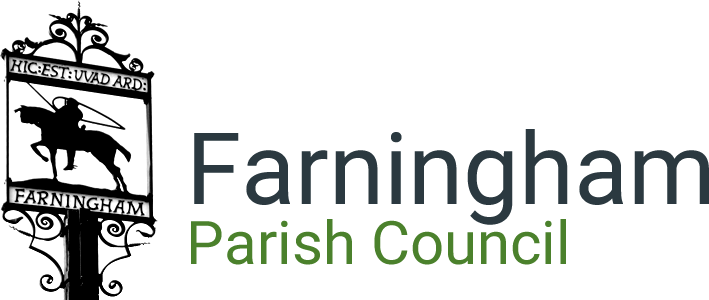River Darent Medical Group statement
10th December 2024
KEEPING YOU INFORMED
The overview
Since the beginning of the NHS, GP Practices have been run as private businesses, owned and managed by GPs known as "Partners". All GP staff provide services to the NHS, rather than being directly employed by it. Practices are contracted and paid a fixed sum, based on the number of patients they have and the services they offer.
Over the years, like many households and businesses funding/income has not kept up with inflation and rising costs. For the Practice and other businesses, the situation has been made worse with the increase in the minimum wage and the threat of an increase to employers’ National Insurance Contributions. In addition, the nationally agreed increase to staff pay rates was not fully funded to Practices and some of the funding, which would have been available, was capped suddenly and without warning, meaning we had to reduce our clinical team by two.
This has all put a significant constraint on River Darent Medical Group and other GP Practices across England, which are facing serious challenges in their effort to provide services to the public. Last year 57 practices in England closed.
All these challenges are biting into our ability to provide services at a time of the winter seasonal increases in demand appointments.
River Darent Medical Group
While the merger has given patients the benefit of a range of services, it has not been without some difficulties, and we continue work towards achieving the fuller benefits of accessibility and availability of those services.
eConsult has made a valuable contribution, to ensure each patient sees the appropriate clinician in the right timeframe, rather than the previous first come first served model, but we are very aware of its short-comings and the frustrations these create. We are now in the positions to adopt our own triage tool and are exploring smarter systems to resolve these issues and hope to implement changes in the New Year.
The telephone system has been a frustrating issue for both patients and staff for some time too. However, we have recently made a number of changes to our phone systems to ease the problem of long waits. Now, regardless of which surgery you phone, the calls all enter a common pool and can be answered at either site, by any receptionist, prioritising the longest waiting calls, we have also turned the call position number back on, so patients are aware while they are waiting that they are moving through the queue.
We are also working to increase efficiency at every level of the Practice. The aim is to maximise the number of patients we can help, with the resources we have.
What this means for you
These curative plans will take time to achieve and show benefits to our service delivery so in the meantime:-
• We may have fewer appointments available each day and it may take longer to get non-critical appointments.
• We may take longer to answer non-critical questions or do paperwork.
• But don’t worry- when you complete an eConsult ALL cases are carefully triaged by a Patient Navigator or Doctor, those who need to be seen will be seen quickly within our safe capacity.
• We will continue to provide all essential services.
• We will keep you informed
Finally
We understand the frustrations this situation creates for our patients and our staffs alike. Please don’t take that annoyance out on them, the causes are outside their control. Above all, we ask you be kind.
If you wish to contact the practice about maters in this statement, please write to the Practice Manager or email kmicb.haveyoursay.g82218@nhs.net.
Issues raised will be considered collectively rather than on an individual basis and if appropriate will form the basis of a supplementary ‘Frequently Asked Questions (FAQ)’.
However, if you feel strongly about the causes of the situation this and all practices find themselves in, please take the matter up with your local MP, who will be able to raise it with the people who hold the purse strings, after all, 90% of NHS funding currently goes to hospital, whereas, 90% of patients are seen in the community
